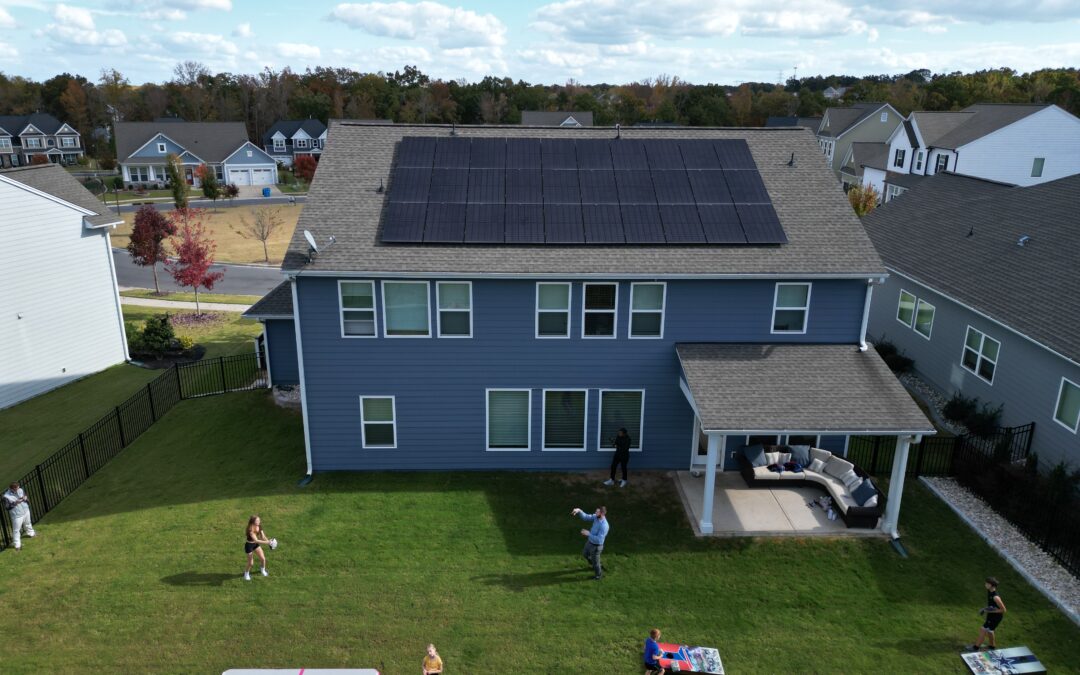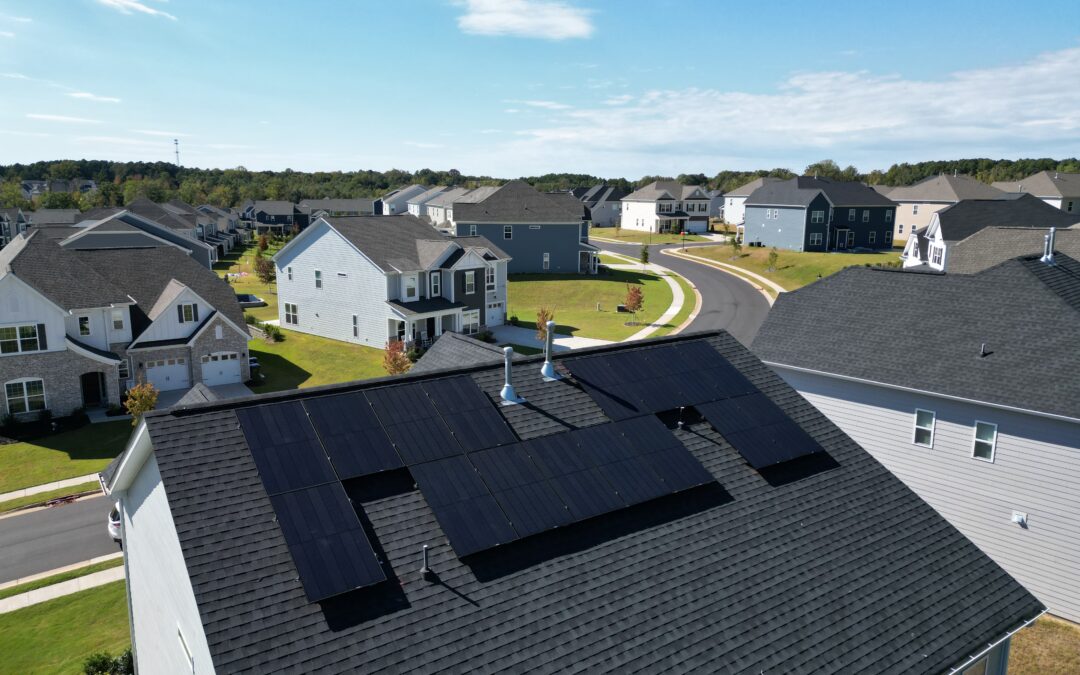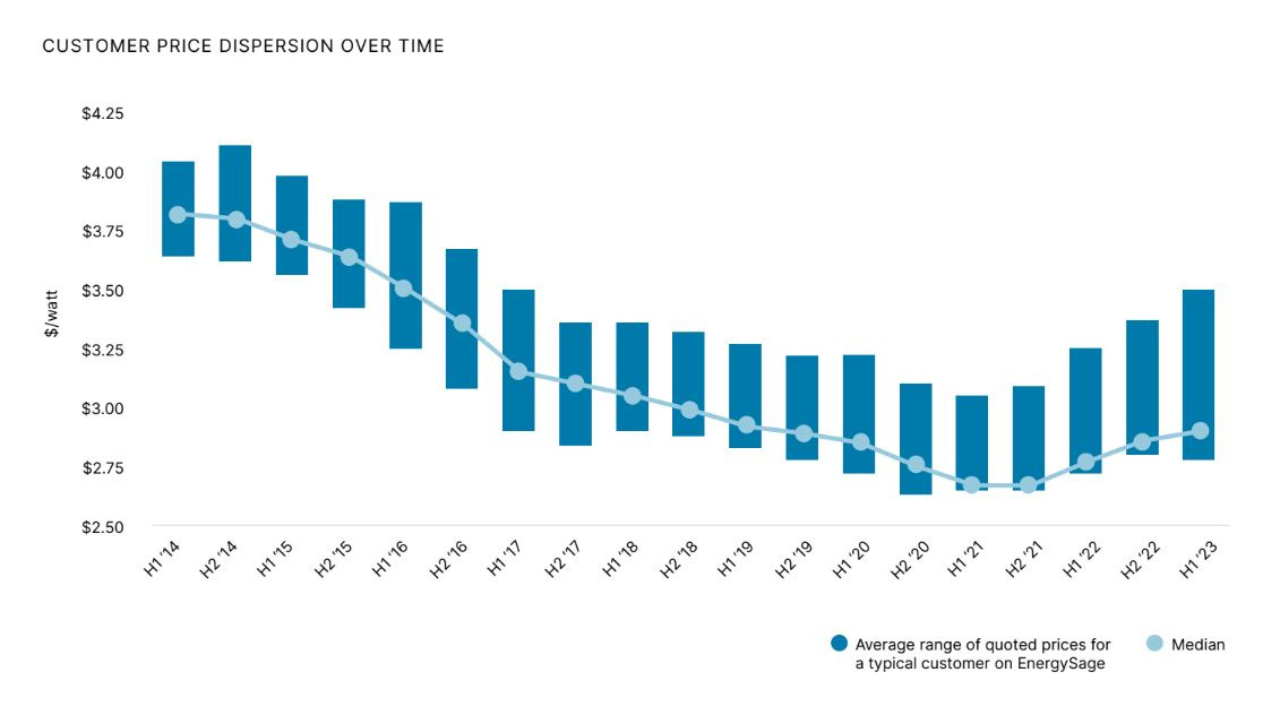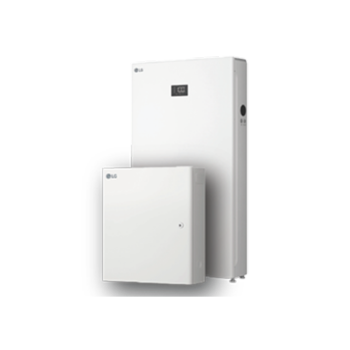
LG ESS Home 8: A Guide For Home Energy Storage Solutions
Energy Storage Solutions For The Home
Most of us understand the feeling of losing power during a rough storm or grid outage. Panic begins to set. We worry about the food we just bought at the store, the appliances we have running, the battery level on our devices, and even medical equipment that loved ones depend on. Many homeowners tend to brace themselves for potential outages that come with weather events. With energy storage solutions for the home, homeowners can be at ease knowing there is backup power ready for when they need it most.
Besides energy security, homeowners investing in energy storage solutions also have the ability to manage how their energy is used. When an energy storage unit is paired with a solar energy system, homeowners can store clean energy and decide how it gets used. With time of day energy usage as the new norm for utility rate prices, homeowners can avoid pulling from the grid during peak hours by using energy that was saved at previous times.

A Close Look At LG ESS Home 8
The LG ESS Home 8 is LG Electronics’ newest solution for energy storage and energy management. This energy storage system can be installed without the need of a solar energy system, but pairing the unit with solar allows for homeowners to save clean energy produced by solar. A capacity of 14.4 kWh gives homeowners 1-2 days of power if they are fully relying on battery back up.
Along with a peace of mind, homeowners can link their LG appliances and LG ESS Home 8 with the LG ThinQ App. With the ThinQ App, homeowners have access to their appliances and battery backup in the palm of their hands. Besides being able to check on laundry cycles and oven temperatures, off-grid mode can be enabled in the app during the case of an outage, which allows homeowners to take control of their power.
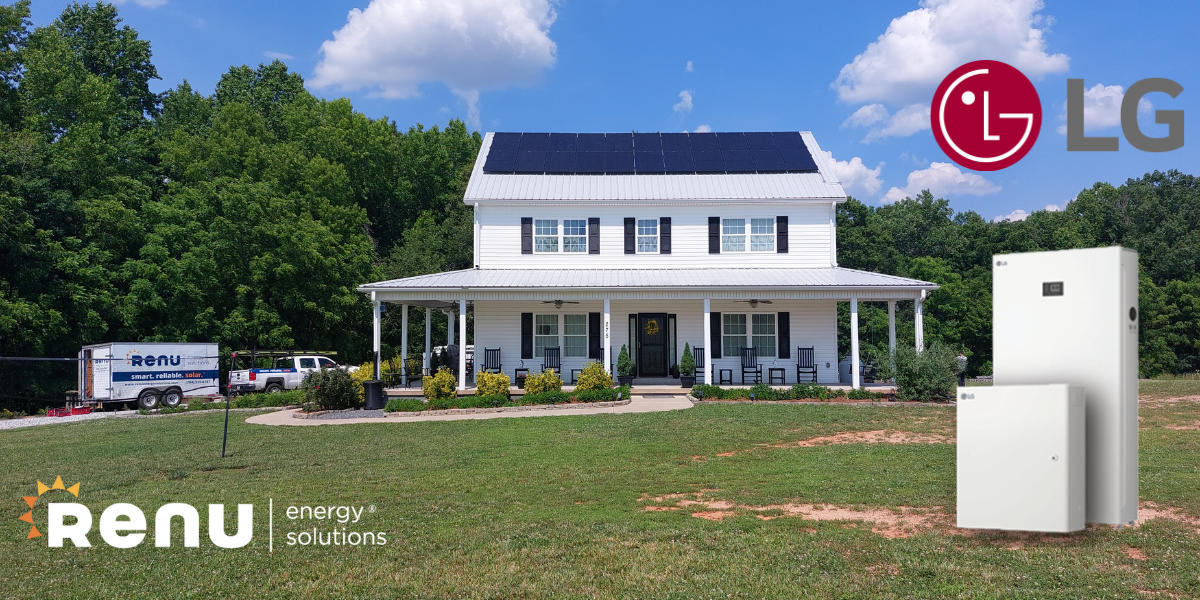
Energy Storage Installation With Renu Energy Solutions
Renu Energy Solutions has a fantastic partnership with LG. We have access to LG ESS Home 8 batteries, meaning we can order the battery so you don’t have to. LG trusts our team of licensed electricians and rooftop technicians to install battery backup whether it’s paired with a solar energy system or hooked up directly to the grid. Either way, Renu Energy Solutions is your hometown option for energy storage solutions in the Carolinas.

